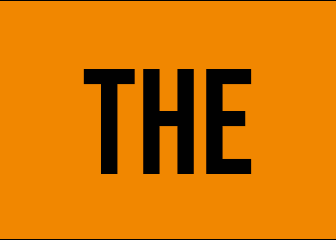I’ve been looking back at last year, and the same pattern seems to be repeating at the start of 2022.
For the past couple of years, we seem to have had a seasonal uplift in January and especially February.
The price range seen during this time was the same with prices rising in the early months of the year. Interestingly, shipping prices were also the same as they are now.
Many in the market expected a tough start to the year when quizzed at the end of 2021, but prices have kept rising since the beginning of 2022.
The reason for this is that there is low generation of fibre and good demand, which is leading to high prices. This isn’t just in the UK, but is being seen in Europe and USA too.
Partly, this is because of the accidental ban on exports of recovered fibre to India from the EU. While this will be rectified, it looks like it will still be several weeks before exports from the EU to India are able to resume.
This means that Indian mills are strongly sourcing material from UK and USA and this is pushing up prices.
With good demand from domestic mills here, in Europe and the United States, there is a very competitive market.
Last year, we saw prices peak in March, before they dropped off. It is very difficult to make forward predictions at the moment though.
Inflation is a global problem, and wages are not matching the cost of living for most people. This means people will have less money to spend.
Of course, there is also the high price of oil, gas and electricity, and this is likely to be made worse by the Russian invasion of Ukraine.
This suggests that there will be less demand for recovered fibre in the coming months and therefore falling prices.
But on the other hand, there are factors that could keep prices rising. For example, there remains a strong move from plastic packaging to paper, especially in Fast Moving Consumer Goods (FMCG). Indeed, these FMCG goods tend to be products that people use regularly despite economic conditions. Therefore, as more products shift from plastic to paper, demand for recovered fibre will grow.
But there are also potential curveballs caused by Covid. While us in the UK, Europe and USA are looking to move beyond Covid, the Omicron variant has caused a lot of panic in Asia.
In Hong Kong for example, Omicron cases are surging. People there have lower vaccination rates than in the West, and the zero Covid policies that have been seen in many parts of Asia have led to lower immunity.
China is watching Hong Kong closely, because it could be next. How China comes out of the Covid period is difficult to tell.
What this means for recovered fibre demand is very difficult to tell. When Covid first emerged in Europe, demand soared and prices rocketed and have been high compared to historical averages for the last couple of years.
But if China has severe Covid outbreaks, then that is likely to have an impact on the global economy, and you’d need a crystal ball to be able to predict what that will mean for our sector. When combined with the Ukraine situation, there are all sorts of factors that could have a push and pull effect on supply and demand for paper and cardboard.
I believe that uncertain times lie ahead, but which way the market responds remains to be seen.
Colin Clarke is managing director of Winfibre UK




